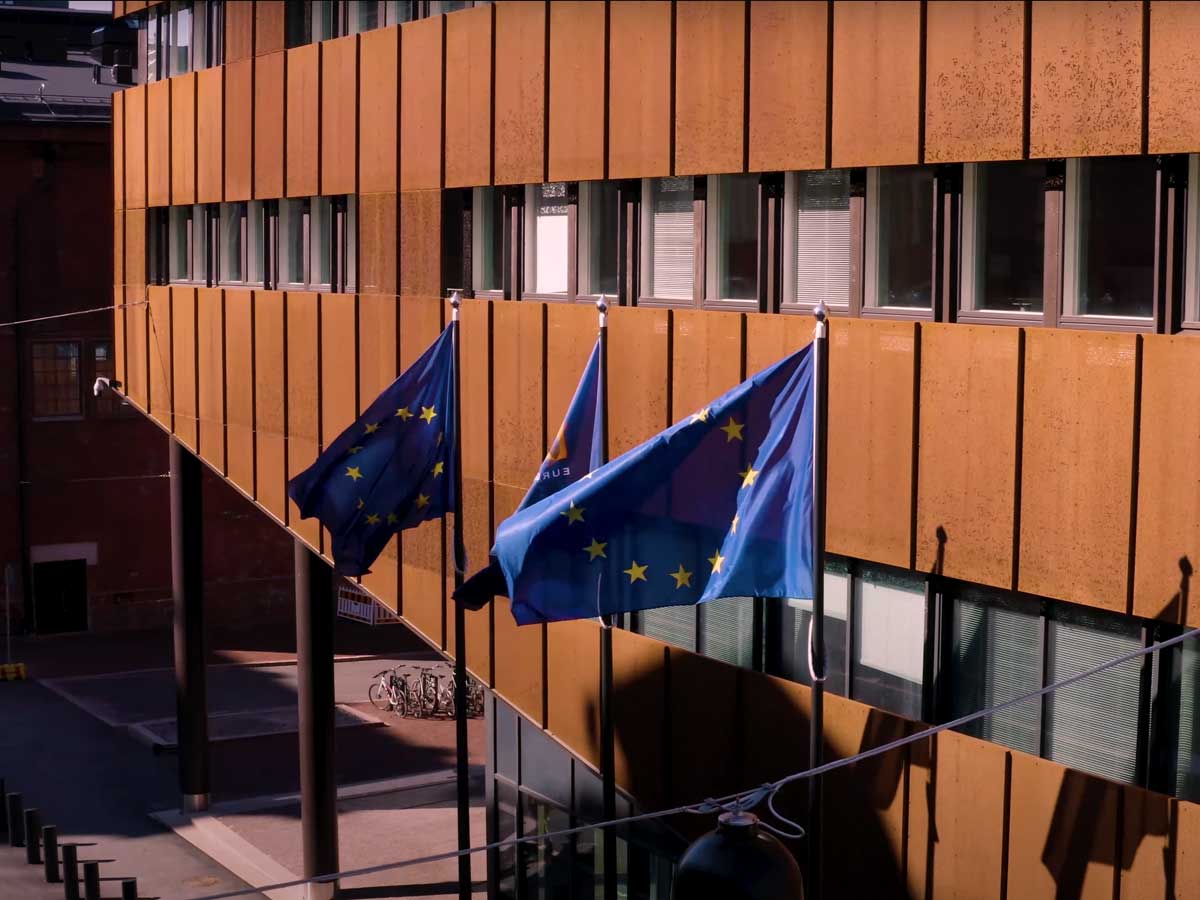
ECHA Publishes Single Programming Document 2025–2027
ECHA’s 2025–2027 plan advances chemical safety, sustainability, IT integration, and alternatives to animal testing, supporting EU goals.

The European Food Safety Authority (EFSA) has completed a comprehensive re-evaluation of silicon dioxide (E 551) as a food additive, concluding it poses no safety concerns for infants under 16 weeks when used at current levels. The findings also suggest stricter specifications to limit toxic elements, such as lead and arsenic, in food applications.
The EFSA’s latest re-evaluation of silicon dioxide, widely used as a food additive for its anti-caking properties, addresses its safety specifically for infants under 16 weeks. Silicon dioxide, identified chemically as synthetic amorphous silica (SAS), has been previously deemed safe for general populations. However, this assessment considered unique dietary exposure for infants, ensuring the additive remains safe for all age groups. The report was adopted on 13 June 2024, and published in the EFSA Journal under the identifier e8880.
EFSA’s report evaluated the nanoparticle characteristics of silicon dioxide, aligning with 2021 EFSA guidelines on nanotechnology in food. The assessment revealed that SAS particles, although present in the nanoscale range, do not accumulate in the body and have limited bioavailability due to low absorption rates. Based on toxicological data, EFSA applied a Margin of Exposure (MOE) model, determining that the safety threshold for E 551 remains securely above the exposure levels encountered in foods for infants under 16 weeks.
EFSA recommends stricter controls on toxic elements such as lead, arsenic, and mercury, noting the potential exposure risk for infants. For silicon dioxide specifically, EFSA suggested lowering allowable lead and arsenic levels to ensure enhanced safety in infant foods. The report emphasized that, although existing exposure levels do not pose an immediate risk, implementing tighter specifications would reduce potential cumulative exposure.
Studies reviewed in the assessment found no adverse effects on infants, even at high exposure levels, and no indication of genotoxicity. The EFSA assessment included data from industry submissions, peer-reviewed studies, and unpublished research, all supporting the non-toxicity of SAS particles when used as E 551. In animal studies, no toxicity was observed even at doses far exceeding typical exposure.
In response to these findings, EFSA advised revising the EU’s specifications for E 551. Proposed amendments include reducing the maximum permitted levels of toxic elements and establishing additional criteria on particle size to enhance quality control in food applications.
EFSA’s updated assessment underscores the continued safety of silicon dioxide as a food additive across all age groups, including infants. With recommended regulatory updates, the authority aims to further reduce any potential risks associated with heavy metal exposure in infants, reflecting its commitment to the highest standards of food safety for vulnerable populations.
Foresight continuously tracks 1000s of sources and maps updates to your portfolio:




ECHA’s 2025–2027 plan advances chemical safety, sustainability, IT integration, and alternatives to animal testing, supporting EU goals.

Explore the EU's 2025 report on chemicals regulation, highlighting challenges and strategies for enhancing competitiveness and sustainability.

The EU has adopted a regulation to counter trade distortions in China’s lysine sector, safeguarding fair competition and EU industry sustainability.
Subscribe to Foresight Weekly and get the latest insights on regulatory changes affecting chemical compliance.
Free forever. Unsubscribe anytime.
Read by professionals at